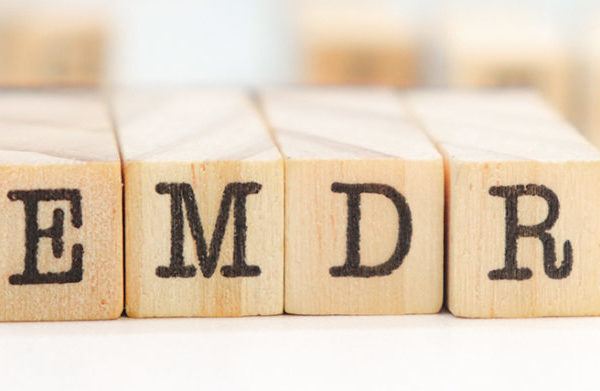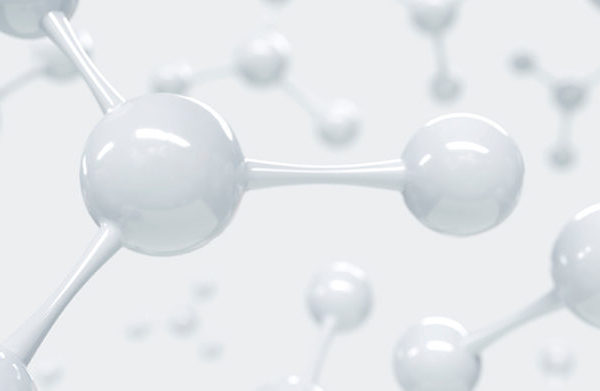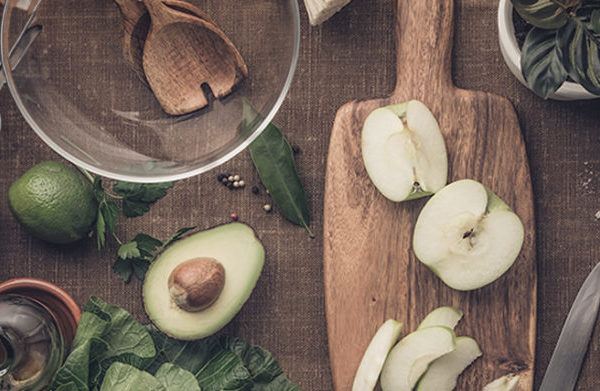
SHA Magazine Health & Beauty
Insulin resistance in menopause
All through life, insulin has been there, humble, doing its job. However, the menopause arrives and, along with the drop in oestrogen, insulin seems to have rebelled. It now resists and does not communicate well with the body’s cells.
Insulin resistance is the term your doctor may have used to refer to a condition in which the body’s cells do not respond adequately to insulin, a hormone produced by the pancreas to help regulate blood glucose levels.
For example, when we eat foods containing carbohydrates, the body breaks them down into glucose, which is then released into the bloodstream. Insulin acts as a key that allows glucose to enter the body’s cells, where it is used as a source of energy.
The cells of a person with insulin resistance do not respond efficiently to insulin, meaning that glucose cannot enter the cells properly, and its level rises above what is desirable. This can lead to weight gain and various health problems such as type 2 diabetes, liver problems, etc.
What happens in the menopause that disrupts insulin? Before menopause, oestrogen is a protective factor against insulin resistance, obesity and type 2 diabetes. But the metabolic changes that occur during menopause favour weight gain and abdominal obesity, facilitating the development of insulin resistance and its consequences.
During the menopause, weight gain is very common. Some studies suggest that it is due to increasing age, while others link it to a decrease in endogenous oestrogen. However, other factors such as genetic predisposition, socio-economic status, dietary behaviour and physical activity also seem to be involved.
Other studies suggest that the decrease in oestrogen is mainly responsible for this problem as it increases pro-inflammatory activity due to changes in adipokines such as leptin, adiponectin, tumour necrosis factor alpha, interleukin 6 and C-reactive protein.
During the menopause, oestrogen levels in women decrease significantly. This hormonal decline is associated with a redistribution of body fat: there is a greater accumulation of fat in the abdomen, known as android pattern or visceral fat accumulation. Oestrogen depletion may also be linked to increased susceptibility to insulin resistance and type 2 diabetes.
How do I know if I have developed insulin resistance? The disease is usually asymptomatic in its early stages, so it is often not detected unless glucose testing is done. However, in more advanced stages it can cause extreme hunger even after eating, intense thirst, dry mouth, tingling in feet and hands, tiredness, recurrent infections, concentration problems, high blood pressure, high LDL cholesterol levels or weight gain.
Treatment of insulin resistance is based on lifestyle changes and, in some cases, medication.
The main thing is to lose weight and reduce excess body fat through a balanced diet and regular physical exercise, which reduces the level of insulin in the blood. High-intensity physical training and regular resistance exercise may also help increase peripheral insulin sensitivity by reducing visceral abdominal fat.
It is recommended to limit consumption of processed products, simple sugars, saturated and trans fats, and to increase consumption of fibre, vegetables and fruits, i.e. real food.
At this stage of life, any training or diet should aim to maintain muscle mass, and this is mainly achieved in two ways. On the one hand, by increasing strength training: walking and cycling are no longer enough. You need to tackle the situation by lifting weights, climbing stairs, doing squats, at least 10-15 minutes, two to three days a week.
On the other hand, it is important to ensure that 25 g of protein is ingested at all main meals (breakfast, lunch and dinner). For example, have scrambled eggs or French omelette, tuna, salmon, sardines, turkey breast for breakfast and have lunch and dinner with a protein source as a main meal (oily fish, white fish, lean meats, eggs, tofu, tempeh or seitan), accompanied by vegetables. Good choices for mid-morning or mid-afternoon are plain yoghurt or kefir, which can be accompanied by fresh fruit or a handful of unsalted and non-fried nuts.
As well as the above advice, there are two other elements to take into account: good vitamin D levels determined by a blood test, and an active routine: doing 10,000 steps, swimming, dancing, cycling, etc., to combat the many hours spent sitting down, which makes it difficult to use fat and facilitates muscle loss.





